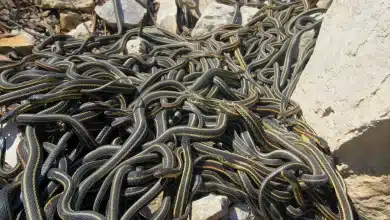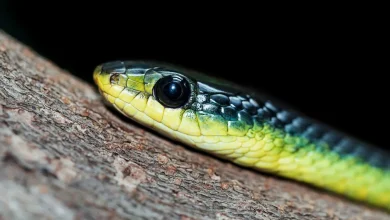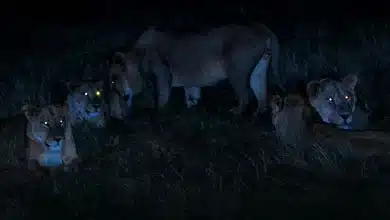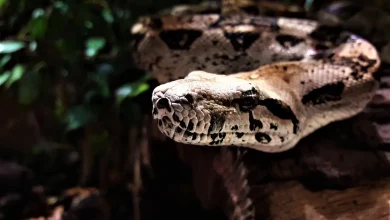December 2015 Snake Note
December 2015 Snake Note
It’s the end of the herping season for 2015 – not only is the year winding down, but there is a real dearth of snakes in the usual areas. I made it a goal to herp more during the latter part of the year because usually from about November through April you can’t find me in the forest at night looking for reptiles and other wildlife. I wanted to find out if I was missing out on something.
This year I went out at night a number of times during October, November and December. I, and those that came with me, found 40+ snakes during this time. I have to say that is about half or less of what can typically be found during a similar effort in the June – July time period. So it’s less productive for sure, but if you’re itching to get out there and find something cool to look at – it’s worth going. There were a couple of “one snake nights” and probably there was even a no-snake night, but I try not to remember those.
This morning I’m sure the air temperature was down to 24°C (75°F) as I took my daughter to school on the motorbike. That was the coldest air I’ve felt in a year!
I’ve had some discussions with other friends about why the herping declines so harshly at the end and beginning of the year.
There are a number of features in play – mainly the temperature and the humidity – both of which change pretty drastically toward December. Twenty-five degrees C is not cold by any means, and snakes can surely move around in that temperature, but when the average temps are closer to 28-32, I think 25 becomes quite cool for them too. It’s likely well outside their ideal range.
The humidity also plunges during these dry months without rain. Snakes prefer a certain humidity level to thrive – and probably the low levels of the dry season make the snakes take a little break when it nose-dives.
The other factor, and this might be a bigger one than both those already mentioned, but tied to them, is there are very few frogs, lizards, skinks and other prey walking around during the dry season. There are some frogs, there is the occasional gecko or lizard, but maybe they aren’t the preferred species? Maybe we see fewer kraits (snake eaters) because the smaller fossorial snakes are curled up in a ball in a hole in the dirt somewhere, riding out the dry season. Could be that too.
All these factors seem to have some effect, serving to make November through April – poor herping season in the country. Other evidence that supports this is I get far fewer requests to identify snakes at my online service. I also see far, far fewer snakes DOR (Dead On Road) or crossing the road.
Whether there are less snakes to find during the daytime, is something I cannot really comment on other than DORs and those crossing the road. I don’t go looking specifically for snakes during the daylight hours, so I’m not sure whether their numbers drop so much during the dry season.
Anybody have any idea on that?





Hi Vern,
During the past few weeks I have seen 2 large snakes in our soi in Hadyainai. The first was at night and picked out in the pickup headlights. It appeared mainly black with light markings on the back. It crossed the soi in front of us and the length was around 4 metres.it moved fairly slowly disappearing in the undergrowth.
The second was a couple of days ago. I was stood by the gate and saw a movement about 30 metres down the soi. It was a snake about 2 metres long brown colour crossing the soi. We set off in the pickup and the snake was still coiled up on the foliage at the side of the soi. We watched from the pickup and it quickly disappeared into the bushes. From the pics on the web I am pretty sure it was a monocled cobra.
The local people say they have seen a number of large snakes around
Hi Bob,
The first snake is tough to guess. There are very few 4 meter-long snakes in the country though, so it must have been either a reticulated python, Burmese python, king cobra, or file snake if it was really 4 meters or longer. At 3 meters and larger is the keeled rat snake. So, likely one of these. Cheers man, Vern